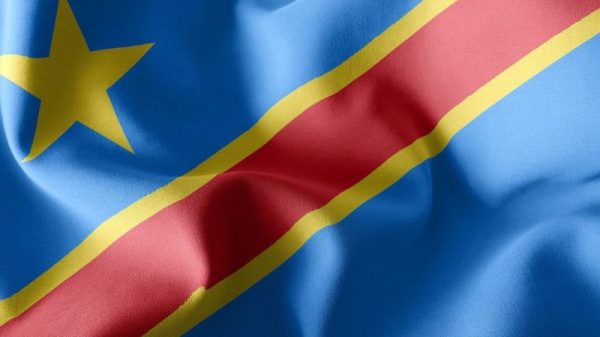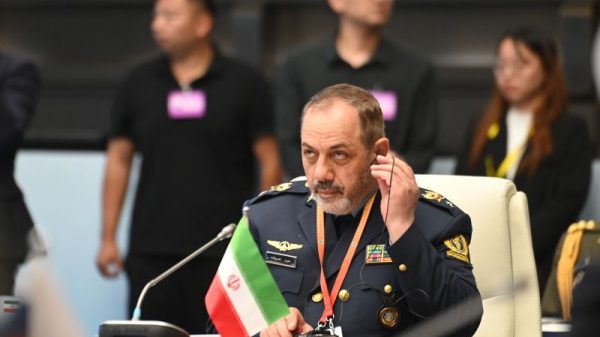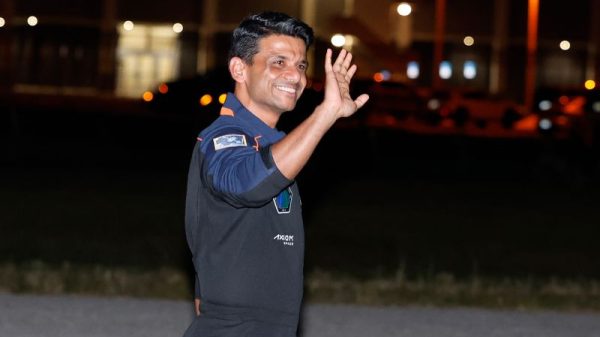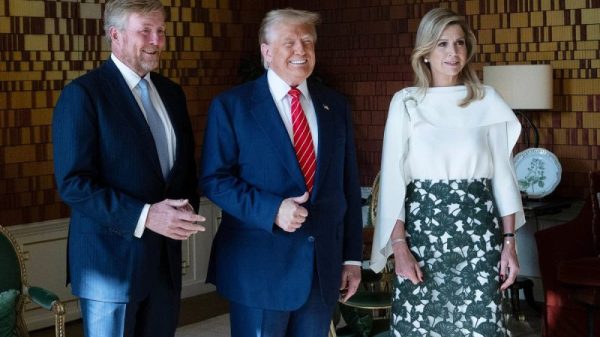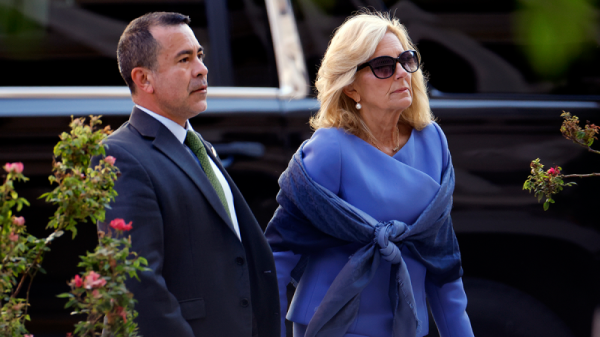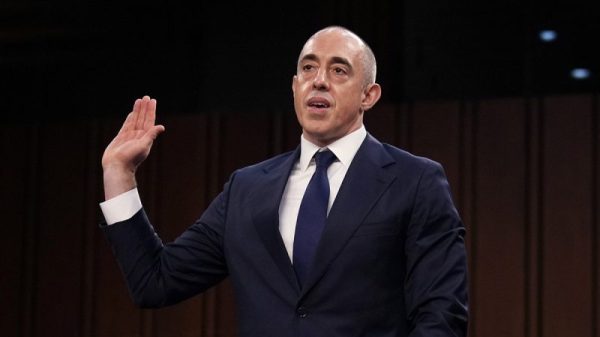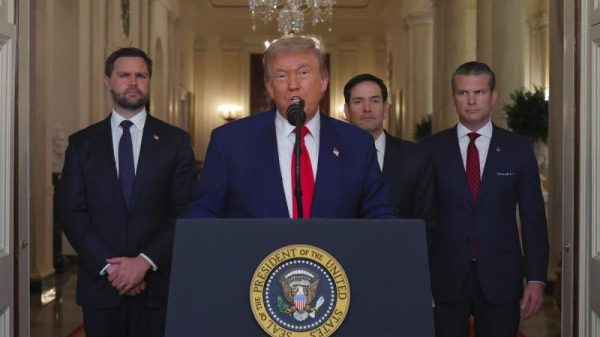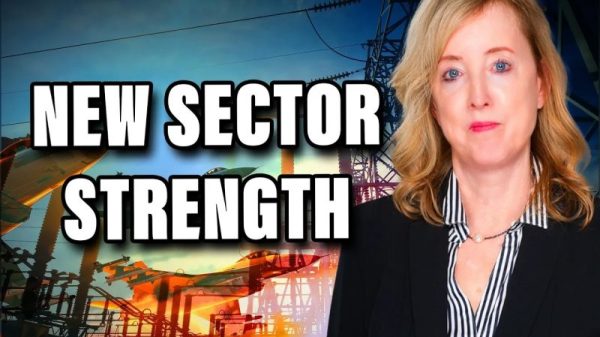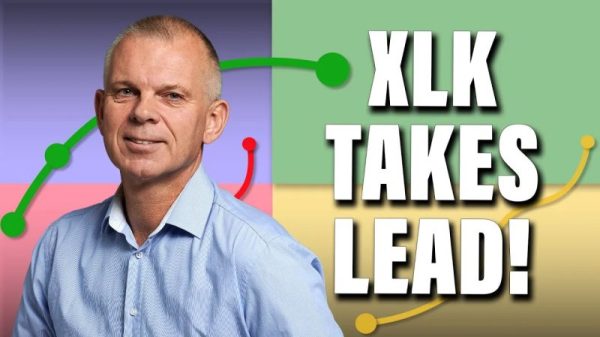Dara Ojo was once afraid of spiders, particularly the biting, venomous kind. How times have changed. Not only is the photographer willing to get up very close and personal with arachnids of all stripes, he’s passionately conserving insects through this work.
Ojo, 34, is a master of macrophotography — extreme close-up shots, in this case of wildlife — showing tiny critters in all their odd, beautiful glory.
For the photographer, who describes himself as a conservation storyteller, it is about “shining the light on these tiny little details that people just walk past because they’re small.”
Born in Lagos, Nigeria, and now living in Canada, Ojo’s first encounter with photography was using his father’s Nikon camera as a child. He photographed birds, snakes, frogs and other creatures. Much later, he was teaching English in China when the Covid-19 pandemic struck and began photographing insects as a remedy to the boredom of lockdown.
But there was another purpose too: amid the deluge of photographs of different animals he saw online, Ojo noticed relatively little high-profile work of nature’s smallest creations. He wanted to fill this gap, “and also create some positive publicity for insects.”
Eyes like speakers, posterior like pagodas
Ojo first learned how to shoot macrophotography from YouTube tutorials and took a course called “Bugs 101: Insect-Human Interactions” at the University of Alberta, Canada. In 2020 he created his first macro image, of a dragonfly. Two years later, his photos of a white-striped longhorn beetle taken in China went viral.
The beetle is typically 20-40 mm long, but Ojo’s image of the insect makes it feel human-size, with an intimidating yet intriguing poise. Its eyes look like speakers, and details invisible to the naked eye, like its microscopic facial hairs, are on full display.
His work has circulated the internet, with some Instagram posts hitting almost a million views. It has also caught the attention of the UN Deputy Secretary-General, Amina J. Mohammed who shared some of them on X, to mark the 2025 World Biodiversity Day.
But the recognition brings certain pressures. “Now that eyes are on me, globally, I have to keep the bar higher than the last, each time I shoot. Also, as a black person, I feel like a role model, giving a voice as people of color who are not usually seen in this kind of field. I therefore can’t stay comfortable,” he says.
Some other striking images are of the primrose moth, with distinct vivid pink and yellow coloring; a spiny-backed orb weaver spider with a pagoda-like posterior; a katydid — a type of cricket — with a face akin to a church dome; and a wolf spider eating a frog.
Ojo says, “I’m in awe of them when I am shooting. I see in them how God is a perfect designer, and the need for us to protect them.”
He has photographed more than 40 types of spiders, 50 moths and 30 butterflies species, over 20 dragonflies and at least 70 damselflies. Among all the fauna he’s photographed, the state of bees worries him the most. “Bees are rare and really endangered even though they are essential to our existence because of their pollination.” Ojo says.
Now, his work is being featured in “Insect Apocalypse,” the first episode of the documentary “Bugs that Rule the World,” which is being shown in the US and Canada. The four-part series focuses on the decline of insects and how this is detrimental to the ecosystem and to human existence, and includes photographs Ojo took in Costa Rica.
Ojo is working to release the first coffee table book of his works in 2026, and plans to add three more in the next five years.
Yet photography is not Ojo’s full-time occupation. He works as a data analyst at the University of Alberta, and has an MBA in information technology from Edge Hill University in Ormskirk, United Kingdom.
His tech background, he says, gives him an edge with processing the pictures, which are best taken at night and early morning when insects are asleep or resting, he explains. He captures multiple photographs at different depths of field and combines them using stacking software so the whole insect is in pin-sharp focus. Since the images are shot without alterations, he then digitally edits them, mainly to enhance colors.
Though he occasionally sells prints of his photography, his advocacy for his subjects is his main motive, Ojo says. Insect populations around the world are in peril. Among his once-feared spiders, for example, scores are categorized as critically endangered.
“The primary goal is to use my images to reveal the beauty of insects and other small creatures,” he says. First he draws people in, then shares a conservation message, then, hopefully, people will take action, Ojo explains.
“When people are blown away by the pictures, they are curious and develop empathy to conserve them.”

